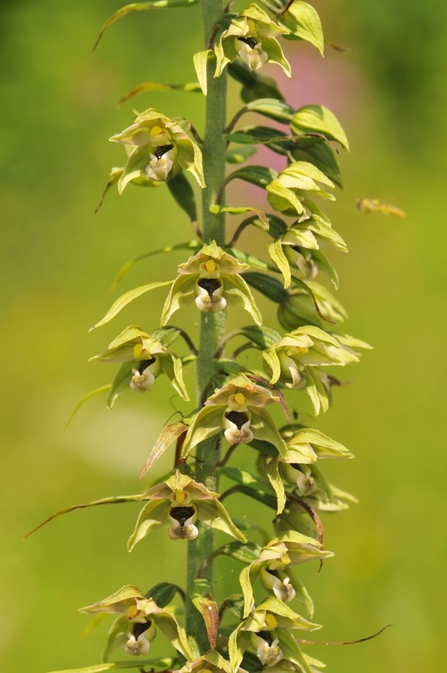The current theory about protecting wildlife suggests that we should be thinking at a landscape-scale, hence The Wildlife Trusts’ Living Landscapes movement.
Small sites tend to be isolated and many of the species present are unlikely to maintain viable populations, as well as having nowhere to disperse, unless they are particularly mobile e.g. birds or large mammals.
However, small is better than a big fat zero of arable or rye grass.
There’s often a chance that the land adjacent to a small site might become more wildlife-friendly in time, and then any species which have held on in that hidden gem of a nature reserve will have somewhere to go.
